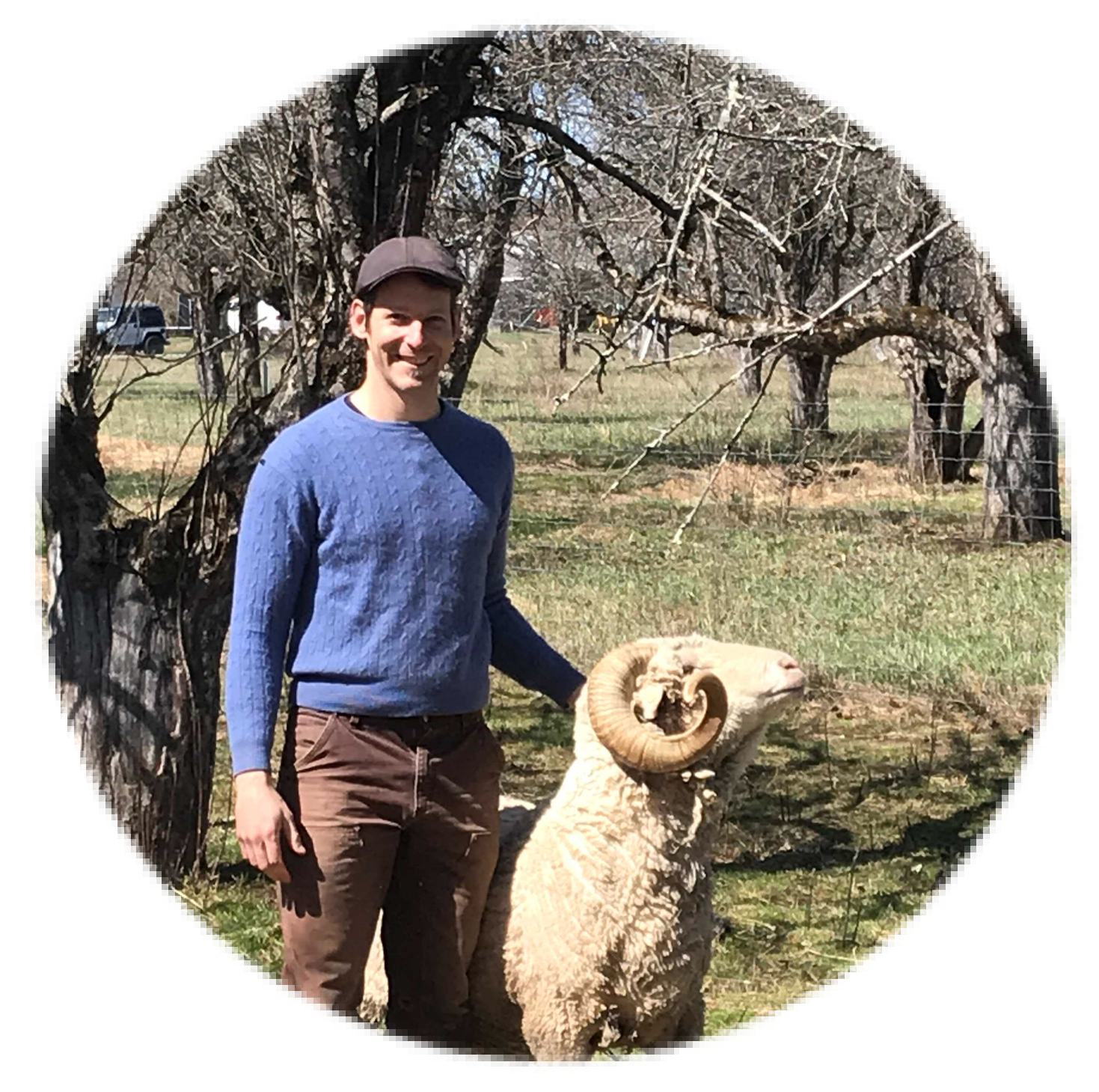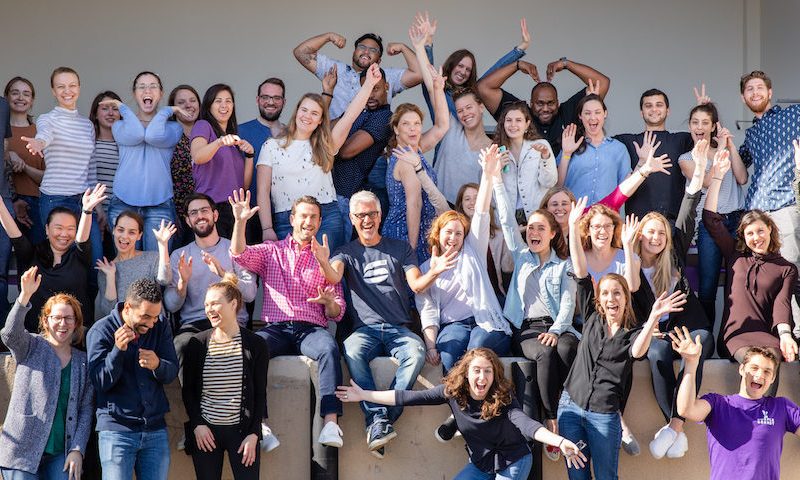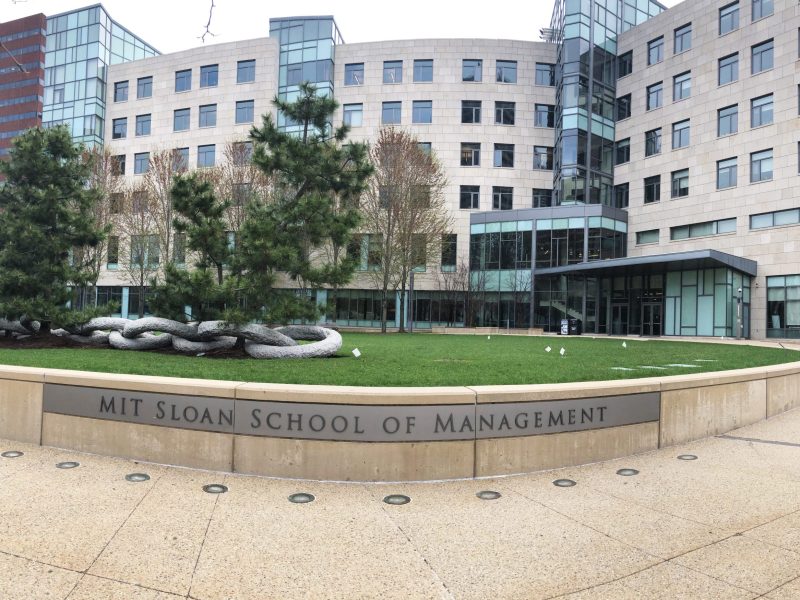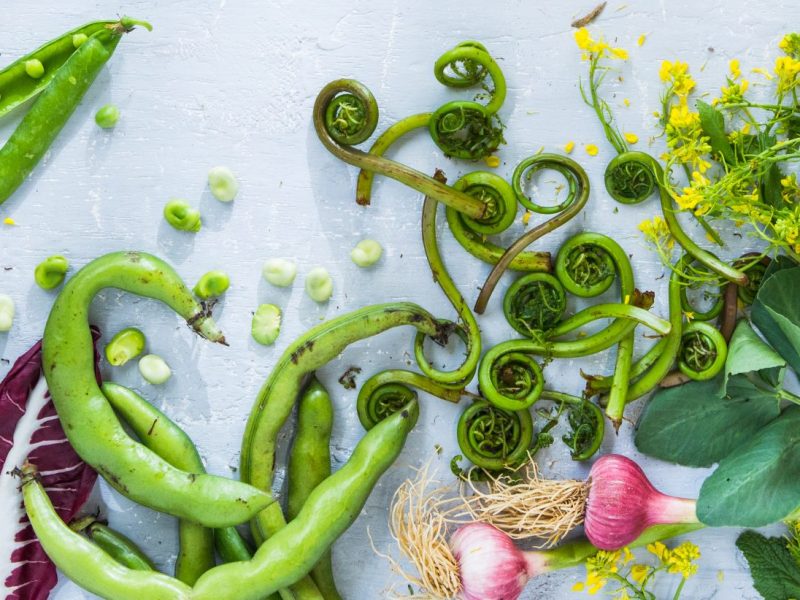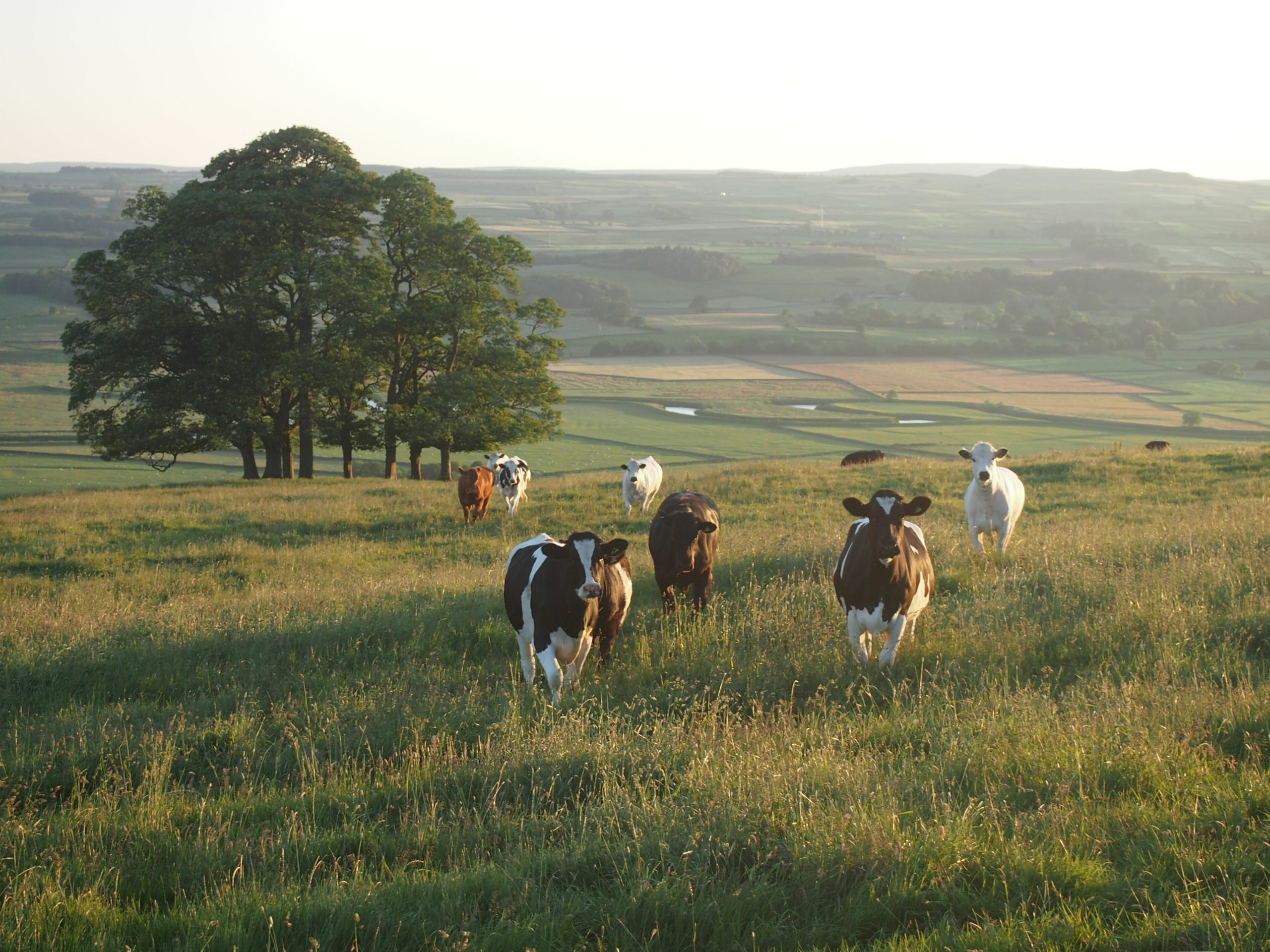
How Your Meal Impacts the Earth: Interview with HowGood’s Ethan Soloviev
by Purple Carrot
 Taking care of the environment is a big deal to us. So we worked with HowGood, an independent research company that maintains a database with more than 33,000 ingredients and assesses each one’s environmental impact, to learn all about how our meals impact the earth. And we talked to Ethan Soloviev, HowGood’s chief innovation officer, to learn more about this impressive database, the role that product packaging plays, and the one thing we should all do to help the environment.
Taking care of the environment is a big deal to us. So we worked with HowGood, an independent research company that maintains a database with more than 33,000 ingredients and assesses each one’s environmental impact, to learn all about how our meals impact the earth. And we talked to Ethan Soloviev, HowGood’s chief innovation officer, to learn more about this impressive database, the role that product packaging plays, and the one thing we should all do to help the environment.
HowGood bills itself as the world’s largest sustainability database. How was this database created and why is it important?
It was created over the last 15 years, and it has over 2 million products in it. We’re thinking in a very big-picture way about sustainability, and there just wasn’t a lot of information available so HowGood’s founders set out to gather all that information and put it in an easy-to-find, easy-to-use place.
Are you able to tell me what are some of the best and worst foods when it comes to environmental impact? Is it that cut and dry?
Food is very personal and the choices and factors that are at play for people are very individual. But I can talk a bit about how I make food choices and that will reflect on some of how HowGood looks at things.
One approach is to basically understand the impact of food in terms of a few key areas, especially the carbon footprint of the food and the biodiversity impacts of the food.
Other things, like water impact, animal welfare, and processing are all really important. You want to understand those and then work to make choices as best you can with the budget you have and with any food allergies you have, or whatever. At first, you move toward food choices that are lower and lower impact, less and less negative impact, but then eventually you want to choose foods that have a net positive impact.
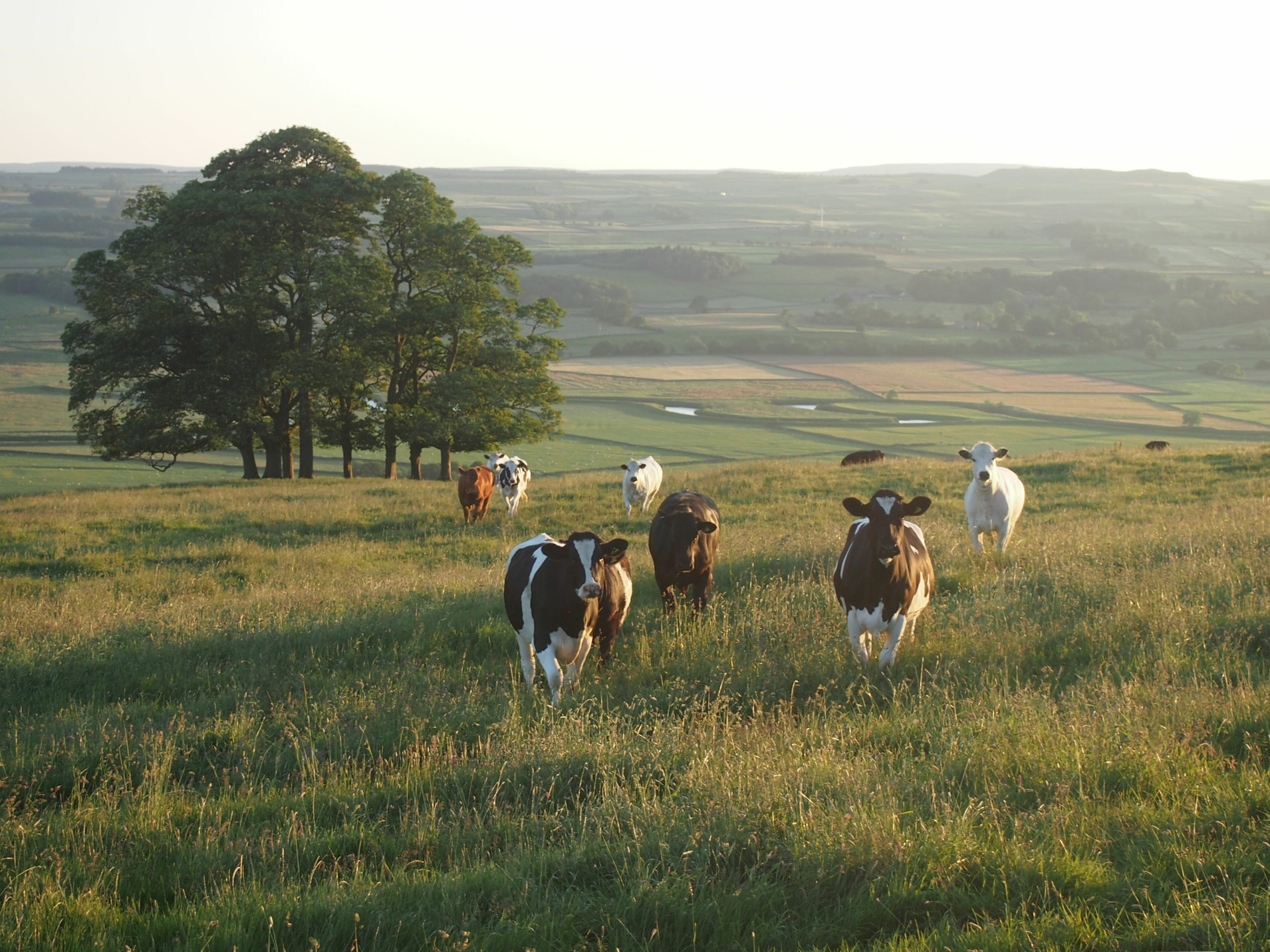
Let’s just take animal agriculture—beef production. The vast majority of it has a really huge impact, huge amount of water, huge amount of carbon, huge amount of land damage. It’s a difficult crop. At first you might choose to eat less of it, but you might also choose to find a local source for it as opposed to one that comes from far away. You might choose one that’s fed grass instead of fed grains, which have a much larger impact. Eventually, there becomes a point where you’re reducing, reducing, reducing, but then—if the management is really, really, really good—then you can actually capture carbon in the soil. You can clean the water, you can increase biodiversity even while eating beef.
The phrase that’s out there is “It’s not the cow, it’s the how.” The vast majority of cow meat, don’t do it. Reduce it, get that out of your diet. But then if you can find the very most top-notch meat that is regenerating the grasslands, it’s increasing biodiversity, it’s capturing carbon in the soil, then a small amount of beef can actually be good for the world. At the same time, if we go on the plant side, it’s great to have proteins like peas and beans. But the way that those are grown can still be really destructive.
It’s not like there’s a single answer. It’s how much can you get into a relationship with your food so that you get into relationships with the farmers and growers and see if you can help them go towards more regenerative production.
We’re talking about food, but the database also includes chemicals and materials. Are there any chemicals or materials that we should avoid using?
In our database, we use this to assess the impacts of packaging.
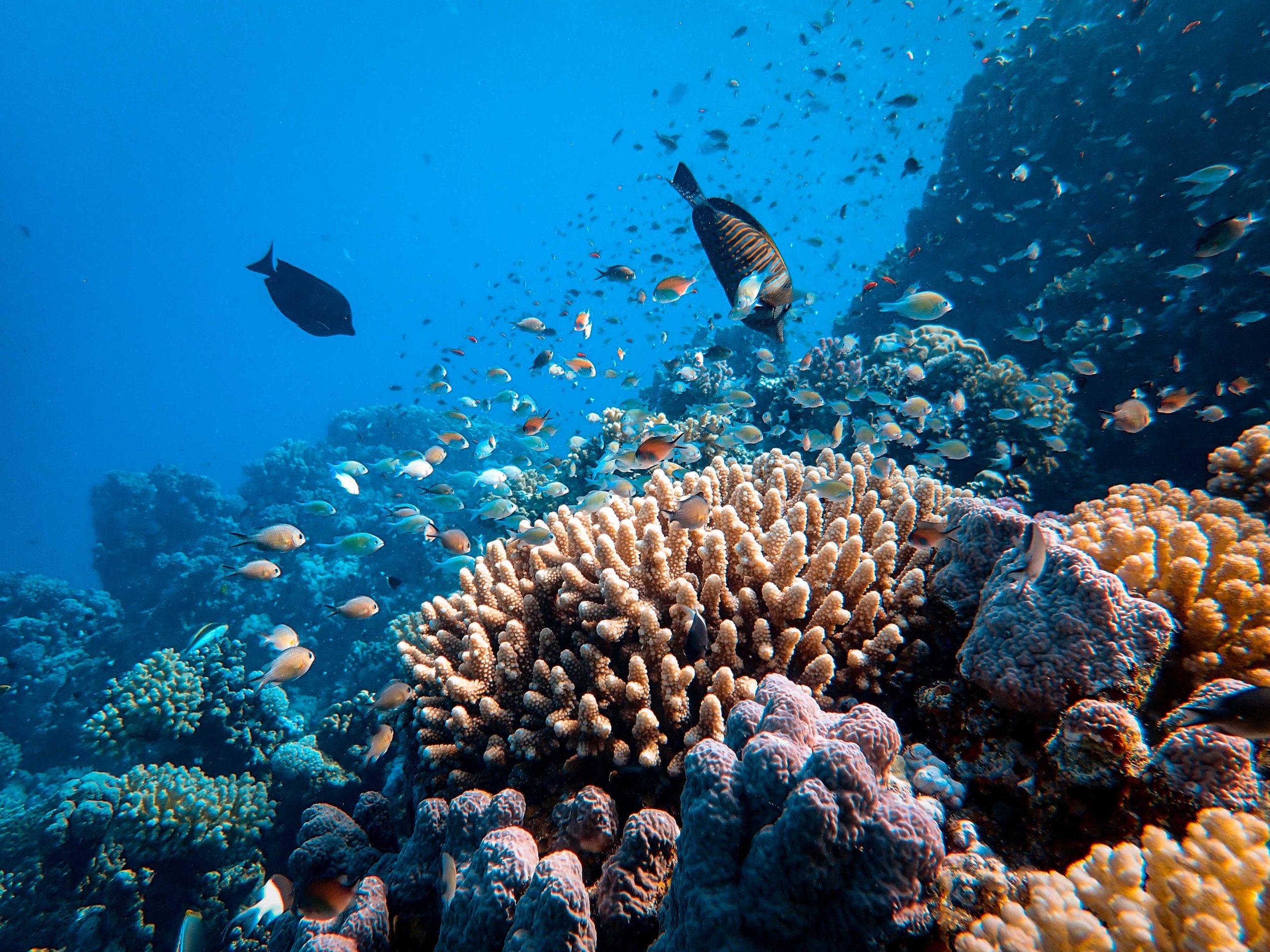
We also use this to assess health and beauty products. You want to know, when you pick up a lotion or a sunscreen, is this going to be poisonous for me? You also want to know, is this going to be poisonous for the coral reefs where I’m swimming?
We stay away from saying don’t ever use this ingredient or that ingredient because that creates a mentality of black and white, good or bad. That’s just not as useful as actually learning things well enough to make a new, fresh decision when you’re looking at an individual product.
The other thing I would say in terms of your ultimate impact on the world is that food is a much more important place to be focusing than packaging, because its impact is exponentially larger.
If you look at the carbon footprint of, let’s just say a food versus the packaging that the food is in, the food makes up anywhere from 70 percent to 99 percent of the impact of that product. Whereas the packaging usually only makes up 2 percent to 7 percent of the impact in terms of carbon, in terms of water. You can have the most super sustainable packaging, but terrible food products.
HowGood uses this huge database to help companies improve their environmental and social impact. Can you explain what that process looks like?
Some of it’s on the HowGood side, some of it’s on the company side. On the HowGood side, any individual ingredient that you use, say it’s a cashew or salt or sugar or carrot, we map out where is that grown? How is that grown? 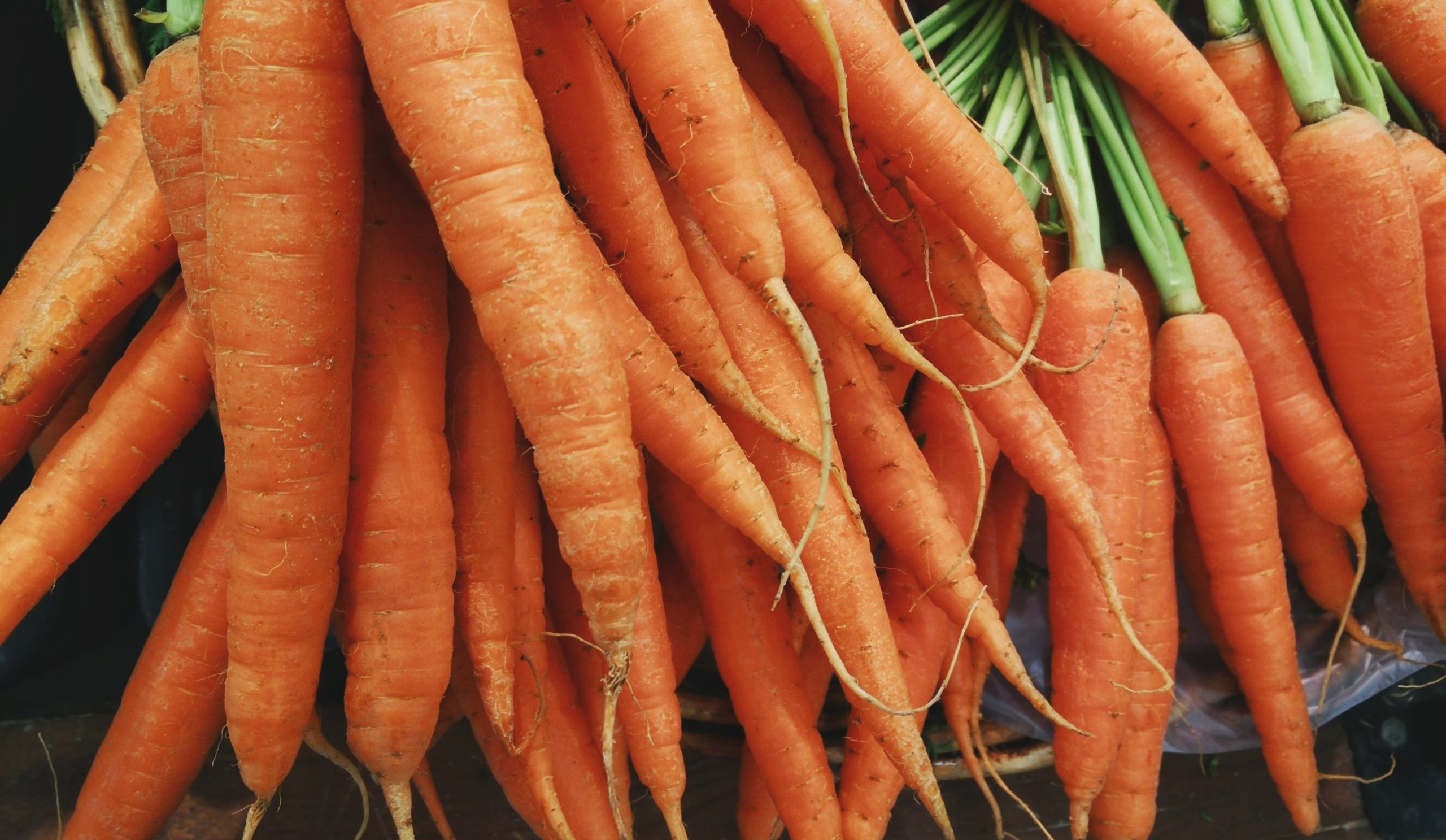
What is the carbon footprint? How much water does it use? How much energy do you have to use to process that carrot to make it into dehydrated carrot powder before you put it into this soup? Who are the people who are working, harvesting, growing the carrots, who are the people in the factory processing the cashews by hand?
There are things you can’t see like workers rights, labor risks, and the energy used for processing behind every food. Any food coming from an industrial food system has a negative impact. HowGood maps all of that.
When a company comes to us saying they want to improve their impact, the main way that we partner is through a software platform called Latis, where they can log in and enter the ingredients they use and where they’re sourced from—if they know that. Then, drawing from our database, which includes data from 550 different sources, we’ll instantly display their impact.
The first step is understand the impact you are having. Then the next step is, explore the opportunities for improvements. Ultimately it is up to the companies that we work with to change their sourcing choices, to put new policies, standards, or practices into place, to collaborate with their suppliers, to improve the impact all around.
If you could magically make everyone do one thing to help the environment, what would it be?
Go work on a local farm for a year of dedicated weekly work and learn to be humble and listen. That would be a really lovely start.
